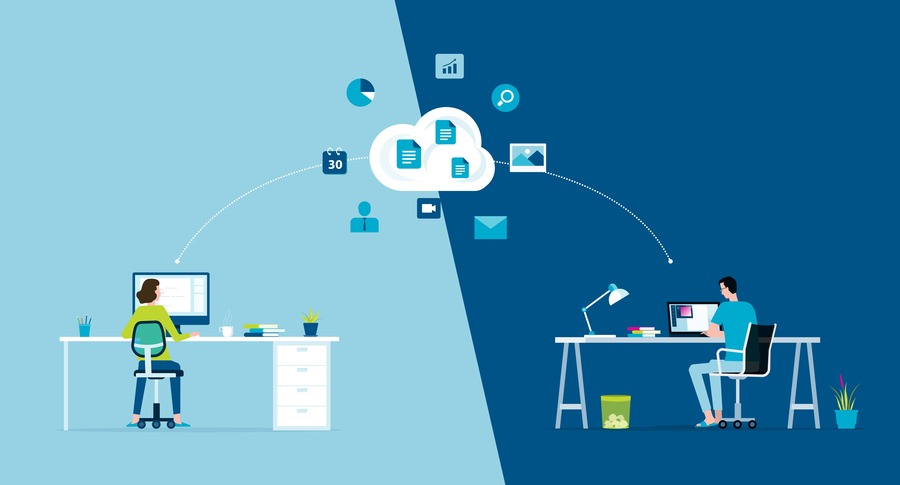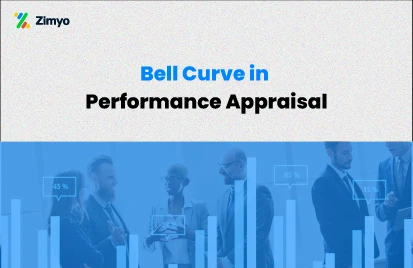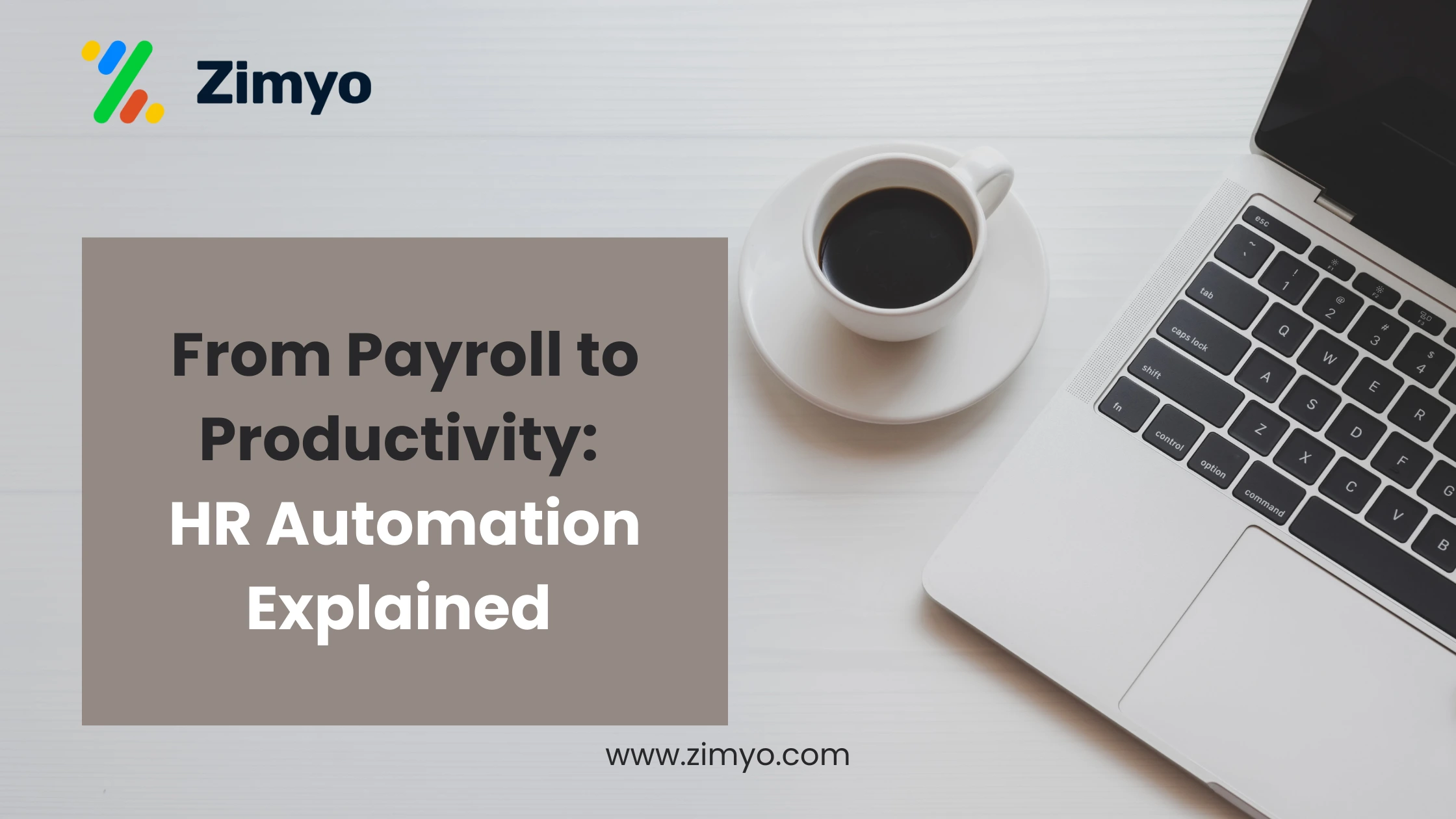As a business owner or manager, it’s vital to ensure that your employees are meeting their targets and goals. Tracking employee work and performance can help you identify areas for improvement and provide support where needed. In this blog, we’ll discuss the importance of tracking employee work and performance and the different methods you can use.
Employee performance tracking
Employee tracking is essential for the organization to achieve its goals smoothly. In addition, it is imperative to evaluate the performance of employees, to improve their skills and abilities, in order to follow their growth and development.
Your primary goal should be to use energy to benefit employees and the organization. This process includes job satisfaction, providing reasonable responsibilities, improving morale, promoting motivation, etc., among other factors. HR leaders and managers must understand, measure, and incorporate the process into their work culture. This will help create a stable environment that empowers and empowers the workforce.
Track Employee Work!
Why track employee work and performance?
Tracking employee work and performance is crucial for several reasons:
1. It helps you monitor your business’s progress and identify improvement areas.
2. It enables you to provide feedback to your employees, helping them to improve their performance and increase their job satisfaction.
3. It helps you identify the top performers in your team, which can be useful for promotions and bonuses.
Methods for tracking employee work and performance:

There are several methods you can use to track employee work and performance. Here are a few:
1. Set clear goals and targets:
The first step in tracking employee work and performance is to set clear goals and targets. This will help you measure progress and identify areas for improvement. Ensure your employees know what is expected of them and have the necessary resources to achieve their goals. If an employee struggles with these aspects, it may be time to reconsider the goal-setting process.
To optimize employee productivity, setting realistic and achievable goals and objectives for the long term is essential. Overwhelming employees with too many tasks or unrealistic expectations can hinder their performance. Instead of setting unattainable goals, consider implementing OKRs and KPIs. This will help you determine individual strengths and weaknesses.
Enabling the development of training programs to enhance employee skills hence contribute to the development of the organization.
2. Use performance metrics:
Metrics such as sales figures, customer satisfaction ratings, and productivity levels can help you measure employee performance. These metrics can be used to set targets and identify areas for improvement. This will help you understand the situation accurately whether your employees are aware about their roles & responsibilities.
Now, follow the data-driven approach and keep a check on employees’ performance. It provides you with one of the best opportunities to identify the loopholes and build the skill gap between the evaluated employee performance and the actual expected performance with a suitable development plan. Thus, helping you to get the best possible outcome.
3. Conduct regular performance reviews:
Regular performance reviews provide an opportunity to give feedback to employees and discuss their progress. This can help identify areas for improvement and provide support where needed.
Constructive, timely, detailed, and honest feedback is essential for employees to improve their performance. It’s crucial to ensure that the message being conveyed is clear to minimize confusion. Additionally, informing employees about the 360-degree feedback system and its potential positive impact on their productivity levels can help motivate them.
By implementing a robust feedback system, employers can evaluate their employees’ strengths and weaknesses and provide them with the necessary support and training to improve their skills. This can ultimately help employees enhance their performance and contribute to the company’s success.
4. Use time tracking software:
Time tracking software can help you monitor how much time employees spend on different tasks. This can help you identify areas where employees may be wasting time and provide support where needed.
This software can also be used for managing employees time. Preparing a timesheet on regular bases should become compulsory for the employees. This will help them keep track of their work, and the employer can check the actual working time of the employee.
5. Quality & Smart work:
Finally, it’s important to monitor the quality of work being produced by your employees. This can be done through regular quality checks or by providing feedback on completed tasks.
In the modern corporate landscape, hard work alone is insufficient to meet the expectation of employers. Instead, employees must strive to balance hard work and smart work. By embracing this approach, they can excel in their roles and responsibilities, unleashing their full potential.
To achieve this, managers can encourage their employees to follow the smart goal plan. By doing so, they can enhance efficiency, creativity, and innovation in the workplace. Additionally, leveraging an employee performance tracking system can provide accurate metrics to monitor employee growth and adapt to changing circumstances, resulting in enhanced organizational success.
6. Conduct Survey:
Effective employee performance tracking requires asking the right questions. Surveys provide real-time data and metrics to assess employee satisfaction levels and performance impact. Once managers have identified roadblocks, they can proactively address the underlying issues and create a more productive and engaged workforce.
To conduct surveys that matter, managers can utilize our survey tool, which provides valuable insights into employee job satisfaction levels and helps identify opportunities for improvement. By understanding employee thought processes, organizations can foster better engagement and productivity, ultimately resulting in a more successful bottom line.
Before we understand the topic thoroughly, let us briefly give all the system’s benefits in the workplace.
Enhance the performance and efficiency of the employees by;
- Eases the process of SWOT analysis for employee
- Assesses each person’s abilities and assigns them to the most suitable position or job.
- The output and productivity of the employee gets enhanced
- Employee morals get a boost up
- Develops a strong sense of responsibility and ownership
- Encourages innovation and creativity
- Promotes original thinking and imaginative ideas
# How Zimyo can benefit you in performance tracking!
Zimyo changes your performance management processes from a one-way, time-limited approach to a more dynamic and interactive one.
Its performance management software has helped many companies improve their business performance and encourages employee development.
The top names include:
- Yash raj films
- Amity university
- College Dekho
- Bajaj capitals
- Paras build tech
- City mall

Performance Management Software
1. Reviews
Foster a culture of thought leadership among your employees by providing them unbiased and actionable feedback. This will help boost morale and develop concrete career paths within your organization. Performance management software can also be used to recognize and reward employees for their hard work and accomplishments. By implementing these strategies, you can create a workplace that values innovation and encourages employees to strive for excellence.
- 9-Box Matrix
- Bell Curve Appraisal
- Normalization Ratings
- Potential and Competency Ratings
2. Feedback
To increase your employees’ productivity, providing them with quality feedback is crucial. Building a culture of feedback can help promote positive behavior, break inaccurate ways of doing things, and empower the entire workforce to achieve their goals more effectively. Employee performance management software can be a useful tool in this regard. By implementing these strategies, you can help your employees reach their full potential and improve the overall success of your organization.
- 360-Degree Feedback
- Continuous Feedback
- One-on-One’s
- Surveys & Reports
3. OKRs
To align your employees’ focus and boost your organizational revenue, it’s important to set practical objectives with precise, measurable key results and track them in real time. By using OKR Software to set and manage goals for employees, you can encourage new behaviors, steer focus, and sustain the momentum of your workforce. This will help ensure that everyone is working towards the same objectives and contributing to the overall success of your organization.
- Reports and Insights on-the-go
- Track and Monitor Goal Achievement
- Set S.M.A.R.T Goals
- Build a culture of transparency
4. KRA/KPIs
Monitoring performance indicators is essential to increase your organization’s success. By effectively measuring the overall performance of your workforce and aligning it with your strategic organizational goals, you can ensure that everyone is working towards the same objectives. To achieve this, consider using the best performance management system software available. This tool can help you track progress, identify areas for improvement, and optimize your business processes to drive success.
- Set quantifiable metrics
- Evaluate Goal Achievement
- Measure success and goals
- Revamp Employees Performance
5. Integrations
By implementing advanced automation, you can encourage a paperless appraisal process for your employees. One way to achieve this is by integrating your performance management system with Zimyo Payroll Software. This integration can help ensure that timely appraisals and compensation are offered to employees in accordance with their performance reviews. By going paperless, you can streamline your appraisal process, save time, and reduce errors. This will also help improve the overall employee experience and increase their engagement with the performance management system.
- Timely performance appraisals
- Get performance compensation on pay-day
- Automate the appraisal process
- Less paperwork – improved employee experience
Conclusion:
Tracking employee work and performance is crucial for the success of any business. By setting clear goals, using performance metrics, conducting regular performance reviews, using time-tracking software, and monitoring work quality, you can ensure that your employees are meeting their targets and contributing to the success of your business.






